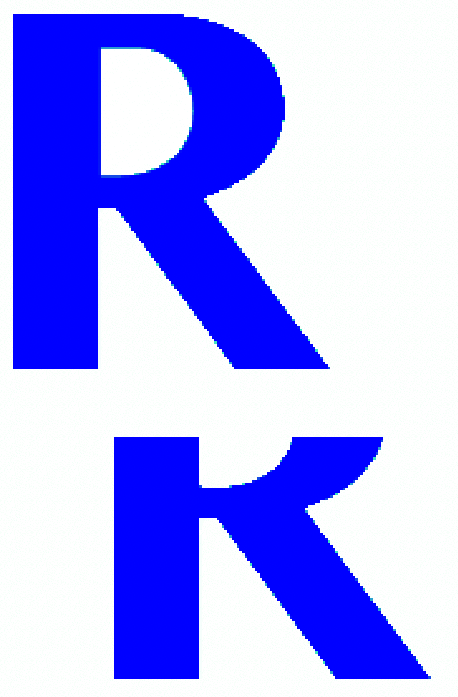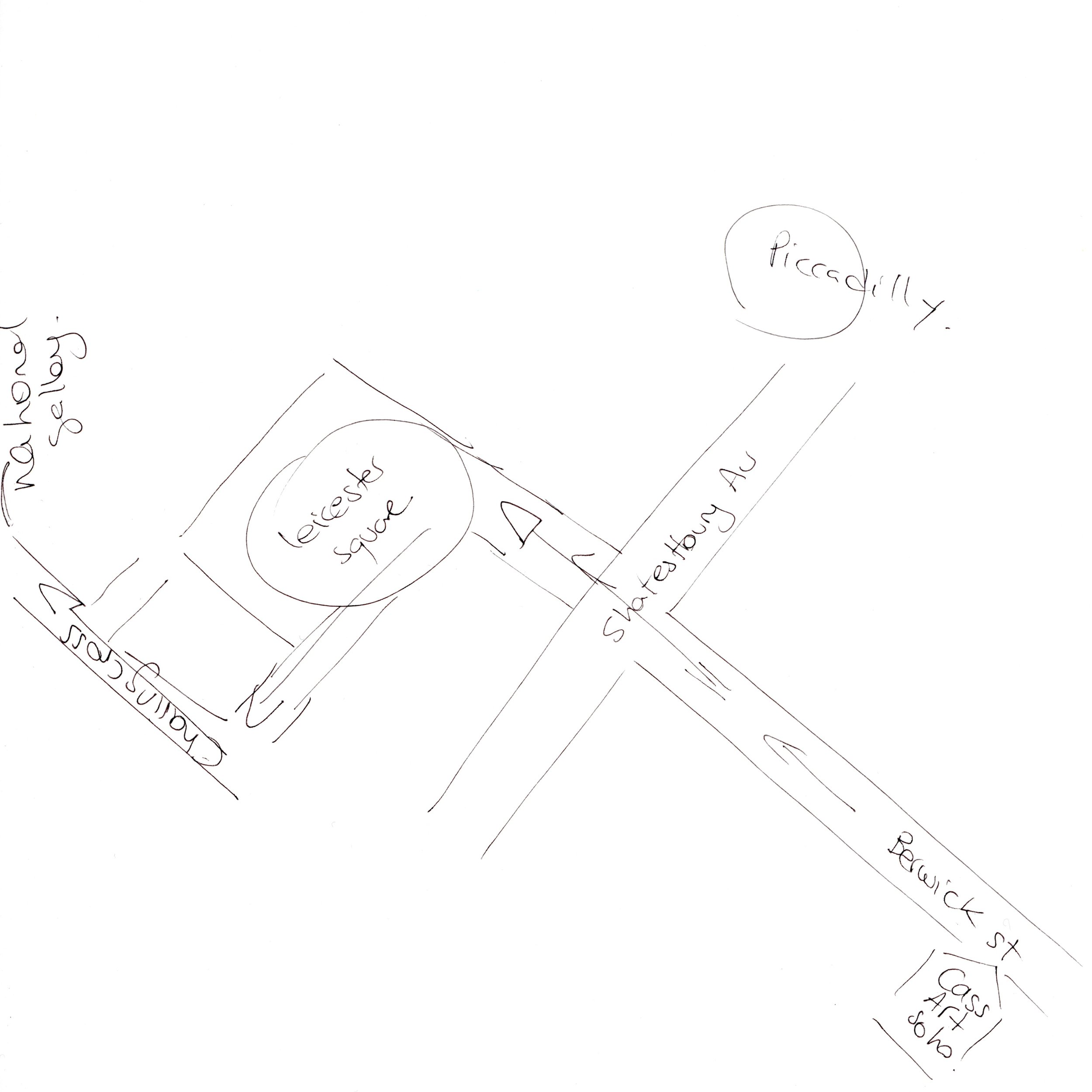From Here To
Rebecca Noone
Rebecca Noone (she/her) is an artist and a postdoctoral fellow at University College London (UCL). Situated in the areas of critical information studies and feminist media studies, Rebecca's research focuses on the politics, discourses, and practices of digital mapping and has published in Qualitative Inquiry and Communication, Culture, and Critique. In art, she creates quiet performances that reflect on everyday experiences of information and place. She’s mailed people the Analogue Internet, archived the dust in houses slated for demolition, and walked around cities like London collecting hand-drawn directions. She is the author of Location Awareness in the Age of Google Maps, published by Routledge (exp. 2024). www.rebeccanoone.com
#walkingasreinterpretation #walksasdrawing #sortofmaps #walkingwithstrangers
From Here To, Drawing, 2014-ongoing (left)
From Here To, Maps from London, Amsterdam & NYC, 2014-ongoing (right)
Images courtesy of Rebecca Noone
I suppose the starting point of this project is artist Stanley Brouwn. During the early 1960s, artist Stanley Brouwn walked the streets of Amsterdam carrying with him blank pieces of paper and a pen. Along his way, he approached other pedestrians and asked them for directions to nearby sites, offering the helpful stranger this paper and this pen to draw these spatial instructions of how to get to Dam Square or City Hall. Brouwn would perform this action over and over, amassing a collection of these directions; each stamped with the project’s title ‘this way brouwn’. Together, the drawings are a series of lines, nodes, x’s to mark the spot, arrows, boxes, and scratches. Brouwn continued to perform the work here and there until his death in May 2017. A paradoxically fleeting, and yet persistent performance.
I loved how location and space are the material, and the possible attentions to space. Asking for route drawings was a way to think of different contours in the urban form. The maps compiled are not a complete nor a total map, which in some ways, the event pokes fun at the futility of the idea of a total space. Instead, we see a spatial score that references an exchange momentarily held between two or three people. I loved how quiet the work was. How absurd. But how relational and beautiful it is. The simple line of recalling the path one navigates.
I wondered what new shapes could Brouwn’s encounter take now, when many of us carry a directional line maker in our pockets. I often follow the lines of Google Maps through London, where I live now, or through other cities I visited.
In 2014, the curatorial collective Aisle 4 asked me to participate in the Art of the Danforth Art festival in Toronto. That’s where my reperformance began. Then I went to Brighton, UK and performed the project there as part of an installation for the International Visual Methods Conference. And then as part of a residency at The Luminary in St. Louis, Missouri. Following a trajectory and charting a course started by Stanley Brouwn in Amsterdam in the 1960’s, I collected individualized, hand-drawn directions in these three cities and then assembled the drawings into one map. Sort-of Maps. These sort-of maps were made available to passersby through the my roaming information booth, which was set up in different locations throughout the neighbourhood each day.
In fall of 2017 I began a reperformance of the project, this time as part of my research for my PhD. I wandered through the streets of New York, London, Amsterdam, and central Toronto. I asked passers-by for directions to nearby sites and prompted informants to draw their directions.
Like Brouwn, I asked people to draw their instruction for me. Some of the people I stopped would spend quite a bit of time on the drawings, making sure I fully understood where I was going, pulling me to the side in order to set up an impromptu spatial tutorial area at the sidelines of the path. Others made quick, cursory strokes as if to note the inconvenience of the process or, perhaps, absorbing the hurried pace around them, the hum of the moving cars and the steps of the moving people.
While my mode of moving through these cities was walking, I think of this as more than just walking but mobilities and routes and flows more generally. And a way to challenge that assumption that we don’t have a sense of direction anymore. But instead think of how people weave together information from digital maps with their own sense of place, their own experiences, their own situatedness.
The reperformance and re interpretation of Brouwn’s work gives me a chance to in some ways better understand Brouwn’s work while opening up a new line of questions and provocations. Each one of the multiples represents a visual truncation of experience that has the potential to challenge a singular, totalizing representation or a universalizing of a visual rhetorical language of maps. Instead, the act of search, the sense of location, and the practice of visualization and the conversation that plays out in the exchange is a momentary glimpse into the relational and embodied sense of spatial perceptions and experiences.
From Here To, Map Book, 2014-ongoing (left)
From Here To, Drawing, 2014-ongoing (right)
Images courtesy of Rebecca Noone








